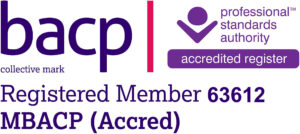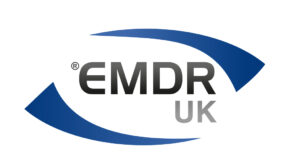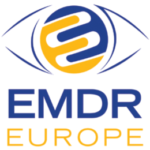Please see Children & Adolescents for details of my work with children and young people.
I am a qualified and registered EMDR therapist; since February 2017 I have been successfully working using EMDR to work with clients. I also completed the Child Level I training in July 2019 which means that I am able to work using EMDR with children & young people (please note I currently only work with children aged 5 and upwards). I also completed a refresher to Level I EMDR Children and Adolescents as the beginning of October 2020.
EMDR is recognised by the World Health Organisation (2013) as an effective therapy for children and adolescents who have experienced traumatic events. It also has the highest recommendation for Children and Adolescents with PTSD from the International Society for Traumatic Stress Studies (ISTSS, 2018).
It is very common for children and adolescents to feel distressed following a trauma. In most cases symptoms improve within a few weeks. Unfortunately, a small percentage will go on to develop symptoms of post traumatic-stress disorder (PTSD) as well as other symptoms such as anxiety or hopelessness.
PTSD is caused by an inability to process the traumatic event naturally, often when the traumatic event feels especially overwhelming, shocking or distressing. An indication that your child or teenager may be struggling with symptoms of trauma following a traumatic event may include intrusions (episodes of ‘remembering’ the original event), flashbacks (where the child or adolescent may behave as if they are re-experiencing the original event) or avoidance of reminders of the event alongside behavioural or emotional changes. For some young people, therapy may be beneficial.
Trauma can result from one event, multiple events, or a series of them. These events can cause children to see the world as dangerous and can alter their ability to function. A child may experience anxiety, fear of death, panic, powerlessness, anger, and deep sadness. When the trauma is a result of violence perpetrated by a caregiver they trust, it becomes overwhelming and can cause a child to be in a constant state of worry. This, of course, interferes with the child’s ability to trust or to sustain and maintain relationships.
Therapy can be a scary prospect to a child. When I explain to a child that our brains are amazing things that have the ability to heal themselves, and that I will help their brains do just that, they usually react with curiosity and intrigue and the process becomes much less scary. EMDR sessions are adapted to suit the child/young person in question and it may be that half hour sessions are recommended.
Since our emotional states are a result of how we perceive the world, a child may have stress related to a memory that, to anyone else, would not seem to be a “big deal.” In an effort to help their children “get over it,” parents often tell them things such as, “It’s not that bad,” or, “He wasn’t that mean to you.” But if the experience was traumatic to the child, it was traumatic – end of.
Here is a useful animation to explain EMDR to children, adolescents and their carers:
For further information on understanding trauma please see the following links :
Read this leaflet for Understanding Trauma: A guide for parents or carers of young children.
Read this leaflet for Understanding Trauma: A guide for parents and adolescents.



